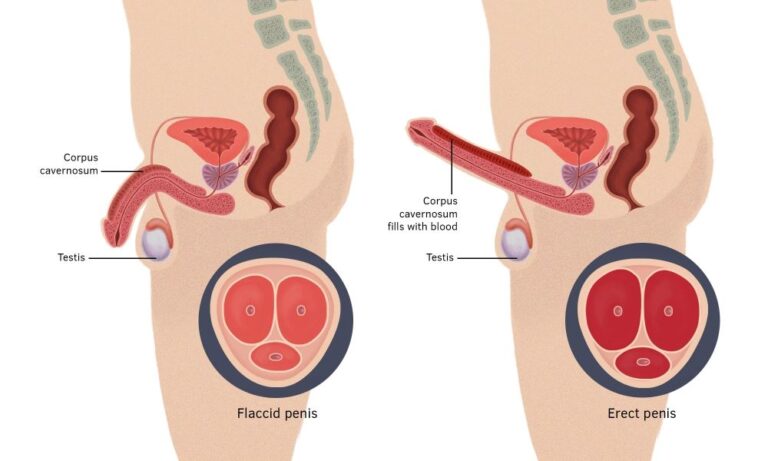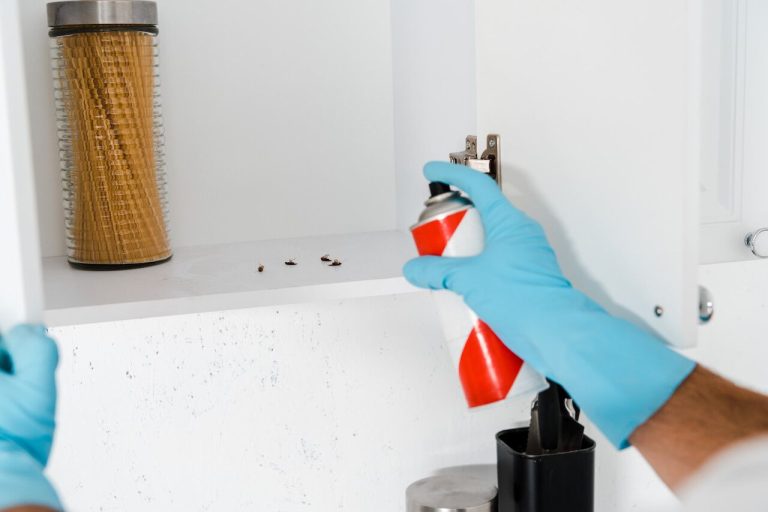
Like most women in Houston, Texas, you may not know what a fibroid is. You may have heard the term before, but the chances are good that you don’t know what it means. A fibroid is a tumor that grows in the uterus. While they can be cancerous, most are benign-that is, they are not cancerous. There are several different types of fibroids, and each one is treated differently. Here’s a look at some of the more common types of fibroids and how an expert can manage fibroids in Houston, TX.
Intramural Fibroids
Many women discover they have intramural fibroids when they experience heavy bleeding during their menstrual cycle. They may also notice that their cramping is more severe than usual or that their periods are lasting longer.
An abdominal ultrasound can easily detect the presence of an intramural fibroid, and since this type of tumor grows within the uterine wall, it cannot be operated on. Once diagnosed, this type of fibroid can be well-monitored through regular ultrasounds or with a handheld Doppler ultrasound device.
Submucosal Fibroids
Submucosal fibroids are tumors that form on the outside of the uterus. They can be challenging to detect without pelvic ultrasound, but they often cause bleeding and pain during your menstrual period. If you have chronic pain, particularly in your lower back or abdomen, you should visit your doctor right away to rule out the possibility that you have a submucosal fibroid.
Subserosal Fibroids
Subserosal fibroids are located on the outside of your uterus. They develop in the tissue that separates the uterus from other organs in the abdominal cavity. This type of tumor may press against surrounding organs, resulting in pain and discomfort in your abdomen or back. Since the tumor is located outside the uterus, it can be counter-intuitive to doctors who don’t understand its location.
Pedunculated Fibroids
Pedunculated fibroids are tumors that begin as the same type of tissue that forms the uterine lining. The tumors grow larger and eventually sprout a stalky structure with tiny branches (i.e., they become pedunculated-meaning stalked). It makes this tumor different from others; you can move it around on the surface of your uterus.
An interventional radiologist can remove a pedunculated fibroid with thermal ablation or by cutting off its stalk, which will stop the growth of the tumor. A hysterectomy is not always required to treat uterine tumors, but it may be recommended if you are experiencing pain or you are suffering from other severe symptoms.
If you believe that you may have a uterine tumor, visit your primary care physician for an initial evaluation and discuss the best treatment option for you. Even if your doctor does recommend a hysterectomy, it is always best to verify this recommendation with your interventional radiologist before making any final decisions about your care.
Since many types of fibroids can grow in the uterus, an interventional radiologist is often called upon to help diagnose and treat them. They may use a handheld Doppler ultrasound device or pelvic ultrasound technology to determine if you have intramural or submucosal tumors, which cannot be operated on with the surgery. If your doctor recommends a hysterectomy as the best treatment option, it’s always best to verify this recommendation with your interventional radiologist before making any final decisions about your care.





